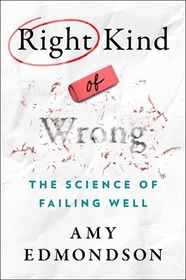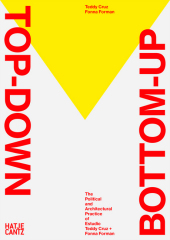
Handbook of Reading Research, Volume V
- Publisher's listprice GBP 120.00
-
57 330 Ft (54 600 Ft + 5% VAT)
The price is estimated because at the time of ordering we do not know what conversion rates will apply to HUF / product currency when the book arrives. In case HUF is weaker, the price increases slightly, in case HUF is stronger, the price goes lower slightly.
- Discount 20% (cc. 11 466 Ft off)
- Discounted price 45 864 Ft (43 680 Ft + 5% VAT)
- Discount is valid until: 31 December 2025
Subcribe now and take benefit of a favourable price.
Subscribe
57 330 Ft

Availability
Estimated delivery time: Expected time of arrival: end of January 2026.
Not in stock at Prospero.
Why don't you give exact delivery time?
Delivery time is estimated on our previous experiences. We give estimations only, because we order from outside Hungary, and the delivery time mainly depends on how quickly the publisher supplies the book. Faster or slower deliveries both happen, but we do our best to supply as quickly as possible.
Product details:
- Edition number 1
- Publisher Routledge
- Date of Publication 24 June 2020
- ISBN 9781138937376
- Binding Paperback
- No. of pages540 pages
- Size 254x178 mm
- Weight 957 g
- Language English
- Illustrations 4 Line drawings, black & white 514
Categories
Short description:
Grounded in an imperative to take a hard look at what reading research is, why we do it, how we know what we know, and what we know that matters for students, teachers, school leaders, and those who influence reading policies in schools and school systems, the Handbook of Reading Research, Volume V synthesizes current research and reveals important new directions.
MoreLong description:
In a time of pressures, challenges, and threats to public education, teacher preparation, and funding for educational research, the fifth volume of the Handbook of Reading Research takes a hard look at why we undertake reading research, how school structures, contexts and policies shape students? learning, and, most importantly, how we can realize greater impact from the research conducted. A comprehensive volume, with a "gaps and game changers" frame, this handbook not only synthesizes current reading research literature, but also informs promising directions for research, pushing readers to address problems and challenges in research design or method.
Bringing the field authoritatively and comprehensively up-to-date since the publication of the Handbook of Reading Research, Volume IV, this volume presents multiple perspectives that will facilitate new research development, tackling topics including:
- Diverse student populations and sociocultural perspectives on reading development
- Digital innovation, literacies, and platforms
- Conceptions of teachers, reading, readers, and texts, and the role of affect, cognition, and social-emotional learning in the reading process
- New methods for researching reading instruction, with attention to equity, inclusion, and education policies
- Language development and reading comprehension
- Instructional practices to promote reading development and comprehension for diverse groups of readers
Each volume of this handbook has come to define the field for the period of time it covers, and this volume is no exception, providing a definitive compilation of current reading research. This is a must-have resource for all students, teachers, reading specialists, and researchers focused on and interested in reading and literacy research, and improving both instruction and programs to cultivate strong readers and teachers.
MoreTable of Contents:
Part One: Game Changers in Reading Research: Setting the Stage
Chapter 1: Game Changers in Reading Research
Part Two: How Increasingly Diversified Populations Change the Game for Readers, Teachers, Leaders, and Reading Researchers
Chapter 2: Demographic Realities and Methodological Flexibility in Literacy Teaching and Research by C. Patrick Proctor, Chris K. Chang-Bacon
Chapter 3: Social and Cultural Diversity as Lens for Understanding Student Learning and the Development of Reading Comprehension by Carol D. Lee
Chapter 4: A Sociocultural Perspective on Readers, Reading, Reading Instruction and Assessment, Reading Policy, and Reading Research by Peter Smagorinsky, Mary Guay, Tisha Lewis Ellison, Arlette I. Willis
Part three: How Do Expanding Forms of Texts and Everyday Communication Change the Game for Readers, Teachers, Leaders, and Reading Researchers?
Chapter 5: Reading Multiple and Non-Traditional Texts: New Opportunities and New Challenges by Ivar Br?ten, Jason L. G. Braasch, Ladislao Salmer
More

Essentials of Functional MRI
85 995 HUF
68 796 HUF











